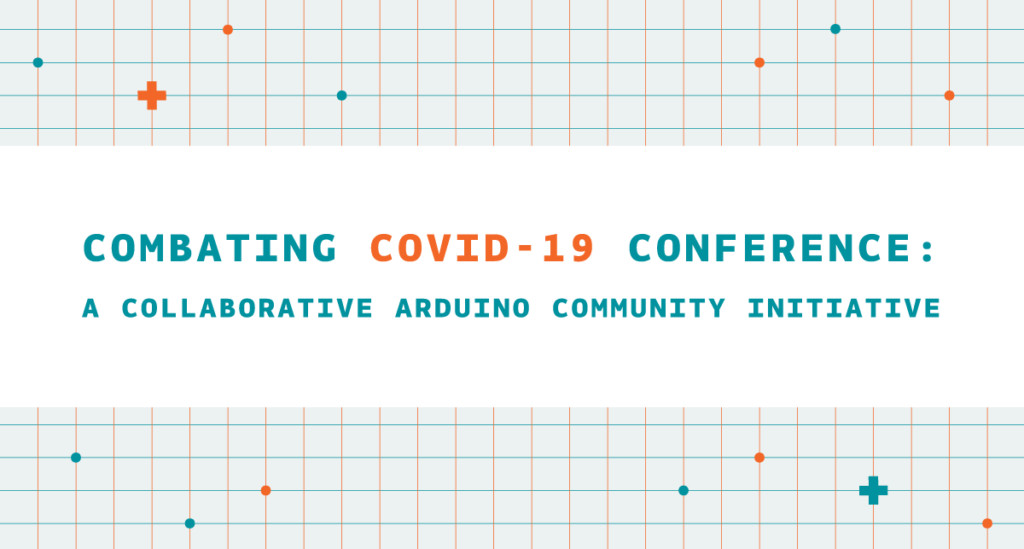28
The COVID-19 pandemic has changed the way we interact with people, things, and the world around us. We’re calling on the community to use an Arduino Nano or MKR board to build solutions that can help us practice better social distancing, improve queue management, or enable touch-free technologies.
Stepping out from our homes, to go to schools, factories, offices and pursue leisure pastimes all these will need to change as lockdown restrictions are eased. With terms like social distancing, remote learning and remote working becoming the norm, let’s see how your ideas can help the world move forward and rebuild everyday life based on a project in one of these two categories.

Category 1: Touch-Free
Create a solution that can be applied to devices that currently rely upon manually pushing a button e.g. elevators, pedestrian crossings, door entry systems, sanitizer dispensers, etc.

Category 2: Social Distance Enablement and Tracking
Create a solution that will allow individuals to maintain the recommended distance apart (1m to 2m) to safely work in the office, factory, commute to work on public transport, or socially interact in cafes and parks. The time people spend within close proximity to each other may also be a factor considered within the design.
N.B. The purpose of the competition is to create products and solutions that are ready to help people around the world to move forward with their lives and safely emerge from lockdown restrictions, rather than developing medical devices.
Contest Scope and Schedule
As any potential solution may be required to operate in a variety of environments, important factors to consider as part of the design process are reliability, durability, connectivity, and power management — hence the option to base your project on any Arduino Nano or MKR board.
The Arduino MKR Family represents the ideal solution for emerging battery powered IoT edge applications. All of the MKR boards share a common pinout for developers to easily shift between wireless communication protocols with minimal software changes, and in a cost efficient manner.
The Arduino Nano Family offers a tiny format, powerful processors and excellent reliability. All of the Nano boards can run embedded machine learning (AI).
The challenge is organized in two phases:
Phase 1: Apply for hardware — Deadline June 16th, 2020: Submit your idea and have the opportunity to receive a free Arduino MKR WiFi 1010.
Phase 2: Submit your project — Deadline July 14th, 2020: Submit your project for a chance to win up to $10,000 worth of prizes!
Prizes
We are giving away tens of thousands of dollars in prizes to the top five projects, including product assessment and marketing support to bring your project to market! Our judges are going to pick the best qualifying projects based on the judging criteria outlined in the rules section.
Grand Prize

$5,000 voucher for hardware on the Newark online store
$750 of pre-manufacturing assessment with Dragon Innovation
$5,000 towards product marketing with Hackster.io
Touch-Free

1st Place — Touch-Free
$1,500 voucher for hardware on the Newark online store
$750 of pre-manufacturing assessment with Dragon Innovation
$3,000 towards product marketing with Hackster.io

2nd Place — Touch-Free
$500 voucher for hardware on the Newark online store
$750 of pre-manufacturing assessment with Dragon Innovation
$2,000 towards product marketing with Hackster.io
Social Distance Enablement & Tracking

1st Place — Social Distance Enablement & Tracking
$1,500 voucher for hardware on the Newark online store
$750 of pre-manufacturing assessment with Dragon Innovation
$3,000 towards product marketing with Hackster.io

2nd Place — Social Distance Enablement & Tracking
$500 voucher for hardware on the Newark online store
$750 of pre-manufacturing assessment with Dragon Innovation
$2,000 towards product marketing with Hackster.io




